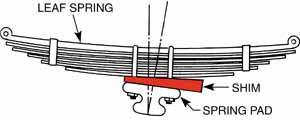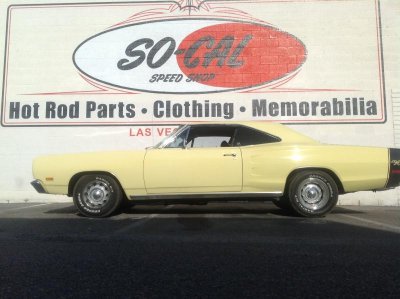Man I'm at wits end with this vibration, I've checked everything that I can think of and replaced or addressed mostly everything. It's a very odd vibration, from 0 - 55 mph it's smooth as butter but once you exceed that and go into a coast like cresting a hill or just push in the clutch it vibrates pretty good (much like a really nasty exhaust drone). There is some vibration at higher speeds (65 mph +) and get's worse as you go faster but is most noticeable when unloaded (like cresting a hill). Today while driving it I'd take it up to 60 mph then push in the clutch and let it coast until the vibration stop and it always stops at about 53 mph? Hoping someone has experienced this same thing and can steer me in the right direction. This vibration existed with the original 727, driveshaft and rearend but after swapping the tranny to a T56 6 speed, installing a brand new driveshaft and putting a fresh set gears and bearing in it's mostly unchanged. The only thing that has minimized it is replacing the tail shaft bushing (had to shim it), it had .007" clearance and is now .003". Here's what I've done, checked for tranny clearance, checked for universal joint slop, checked and adjusted pinion angles, built a new gear set with all new bearings, checked and had leave springs reworked and replaced the slip yoke bushing.

















